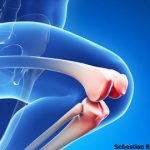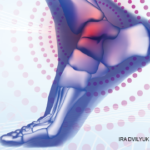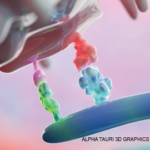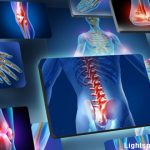James Franklin Fries was born on Aug. 25, 1938, in Normal, Ill. His mother taught middle school English and his father was a college business professor. Jim graduated from Stanford University in 1960 with a major in philosophy, and received his MD at Johns Hopkins University, Baltimore, in 1964. He pursued internal medicine and rheumatology…









